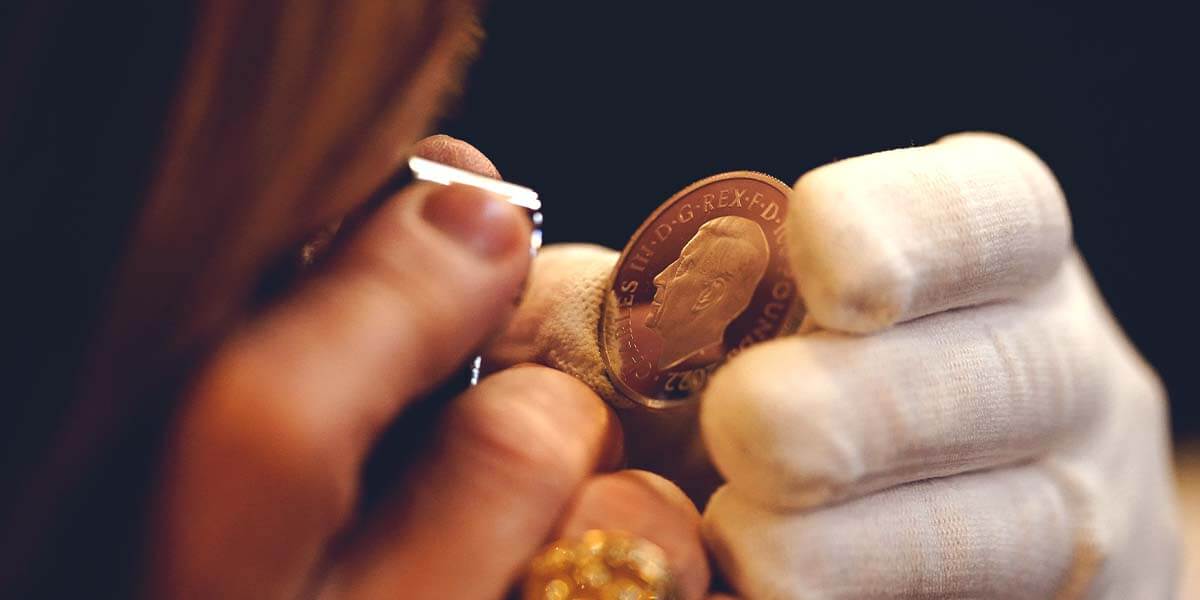Book an appointment with us X
Trial of the Pyx
The Trial of the Pyx is an annual judicial procedure during which coins produced by The Royal Mint are independently checked. The ceremony assesses whether the United Kingdom’s coinage is of the correct weight, composition and diameter, thus ensuring the integrity of coins from The Royal Mint.

Where It Began
Since around 1282, coins produced by The Royal Mint have been independently checked at one of the oldest judicial proceedings in the world, the Trial of the Pyx. The name of the ceremony derives from the Latin word ‘pyxis’, which translates to ‘small box’ and refers to the chests used to transport the coins.
The first record of this traditional proceeding is c.1248, when a selection of London citizens and 12 goldsmiths examined the money. During a procedure that has barely changed since the reign of Henry III, coins selected at random from every batch of each denomination, sealed in bags of 50, are locked away in pyx boxes for testing.
Following the Coinage Act of 1870, the Trial of the Pyx took place at Goldsmiths’ Hall, which remains the location of the ceremony to this day.

Verified by an Independent Jury
The Trial of the Pyx comprises a jury that determines the accuracy and quality of the year’s coins, establishing whether the weight, diameter and composition of the coins meet the standards of the law. The trial is carried out by The Goldsmiths’ Company of the City of London, who provide an independent jury including the Chancellor of the Exchequer (or a nominated representative), financial leaders, representatives of The Royal Mint, and freemen of The Goldsmiths’ Company. The King’s Remembrancer and a senior judge, who officiates the trial in agreement with HM Treasury, swear in the trial.

The Purpose of the Trial of the Pyx
At the ceremony, the jury begins by verifying the sample coins. In accordance with the Coinage Act 1971, the samples are measured against the national weight threshold. Once these have been confirmed, the coins are weighed in bulk – this method is used to ascertain the coinage’s accuracy, fineness and composition. The oldest surviving trial plate dates back to c.1477 and is securely stored at The Royal Mint Museum.
